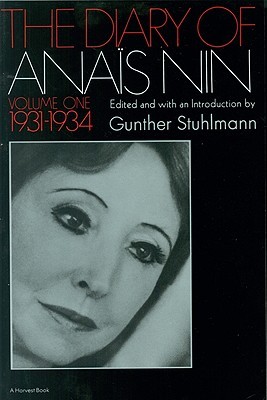“Naked truth is unbearable to most, and art is our most effective means of overcoming human resistance to truth,” said Anais Nin.
Nin, who was born in 1903 and died in 1977, is best known as the author of short erotic stories and a prodigious diary. She lived in Paris in the ’20s and ’30s, mixing with some of the most famous literati of the time.
She lived a life of emotional intensity and had multiple love affairs, the most famous of which was with the writer Henry Miller and his wife June, an affair that was turned into the 1990 cult film Henry and June.
World War II forced Nin to move to America. Her writing, mostly novels and short stories, was largely unknown and often derided by critics, until she began publishing excerpts of the diary she had kept since she was 11 years old.
The diary, full of wit, wisdom, and tales of living large, was an instant success in 1966. Her lifestyle made her an icon for both the sexual liberation movement and feminism.
Her lasting influence was a call to embrace the full range of human experience. “Nothing that we do not discover emotionally will have the power to alter our vision,” she wrote, going on to say that it’s only in moments of “emotional crisis that human beings reveal themselves most accurately.”
Nin’s genius was to live fully in a society that emphasized safety and controlled feelings. We all learn to keep distance between ourselves and our passions, and ourselves and others, out of a fear of pain or ridicule. Nin reminds us that our capacity to feel is a necessary component of creativity.
“Something is always born of excess: great art was born of great terrors, great loneliness, great inhibitions, instabilities, and it always balances them. Creation comes from an overflow, so you have to learn to intake, to imbibe,” she wrote.
Anais Nin must-read: The Diary of Anais Nin (Lansdowne library number: PS 3527 I865 Z5).

